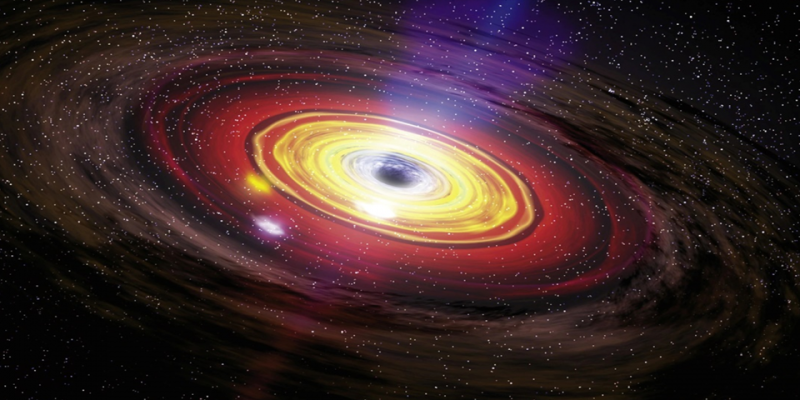
As a consequence of reading such an article it is desirable to go through this passage:
For the first time: one of the inert black holes has been detected inside a star cluster
Scientists have been fascinated by these globular star clusters since their discovery in the seventeenth century (a globular star cluster is a huge group of closely spaced stars that, unlike other star clusters, have a spherical shape).
These globular star clusters are considered one of the oldest known star systems in the universe. Their origin dates back to a time when galaxies had just begun to grow. These clusters revolve around the center of most galaxies, and more than 150 known star clusters belong to the Milky Way alone.
One of these well-known clusters is called (NGC 3201), which is located 16,300 light-years away from us, located in the southern constellation of Vela.
Astronomers used the Great Telescope of the European Southern Observatory in Chile, and they studied this cluster and noticed something very interesting. According to the study published by scientists, it seems that within this cluster there is a black hole.
The study appeared in the Monthly Bulletins of the Royal Astronomical Society under the title “Independent mass has been nominated for a possible black hole in cluster NGC 3201”.
This study was led by Benjamin Giesers of the Georg-August-University of Göttingen and the study team included members of Liverpool John Moores University, Queen Mary University of London, the Leiden Observatory, the Institute of Astrophysics and Space Science, The Federal Institute of Technology in Zurich, and the Leibniz Institute for Astrophysics in Potsdam (AIP).
For their study, the team relied on the Multi-Unit Spectroscopic Explorer (MUSE) instrument on the European Southern Observatory’s Very Large Telescope for Observing Cluster (NGC 3201). For scientists to measure the movement of thousands of distant stars together.
Through observations, the team found that one of the cluster’s stars was moving at several hundred kilometers per hour within a period of 167 days.
As Geezers explained in a press release from the European Southern Observatory (ESO), “It was orbiting something that was completely invisible, and that thing had a mass more than four times the mass of the Sun, and this thing could be a black hole!” This hole is the first of its kind to be directly observed within a star cluster by the effect of gravity.
This result was unexpected, as scientists were able for the first time to observe an inert black hole in the heart of a spherical star cluster. The word “inert” means that the black hole does not swallow matter or is not surrounded by glowing disks of gas.
Scientists were also able to estimate the mass of the black hole by measuring the movement of stars around it and thus were able to determine the effect of gravity.
Through the observed properties, the team determined the mass of the star orbiting the hole at 0.8 solar masses and the black hole’s mass at 4.36 solar masses.
This puts this hole in a category called “stellar black holes”, which are stars whose mass exceeds the largest mass to become a neutron star, but is too small to form a supermassive black hole, which is found in most centers of galaxies.
This result is of great importance, not only because scientists were able to observe a stellar black hole within a star cluster.
Rather, this confirms what scientists had suspected during the past few years through their study of radio wave observations and X-ray measurements of galaxy clusters, as well as their observation of gravitational wave signals.
He basically asserts that black holes are more common in star clusters than previously thought.
“Until recently, scientists assumed that black holes disappeared shortly after star clusters formed and that such holes should not exist,” Geezers says.
He adds, “But now it is clear that this is not true. We have directly detected for the first time the gravitational effect of a stellar black hole on a globular star cluster. This will help us understand how these stellar clusters form and how black holes and binary systems arise in the context of our understanding of the sources of Gravitational waves.
The discovery also made it very clear that the relationship between black holes and star clusters is still mysterious but extremely important.
Thus, this discovery can tell us a lot about the formation of star clusters, black holes, and the source of the gravitational waves that we detect.
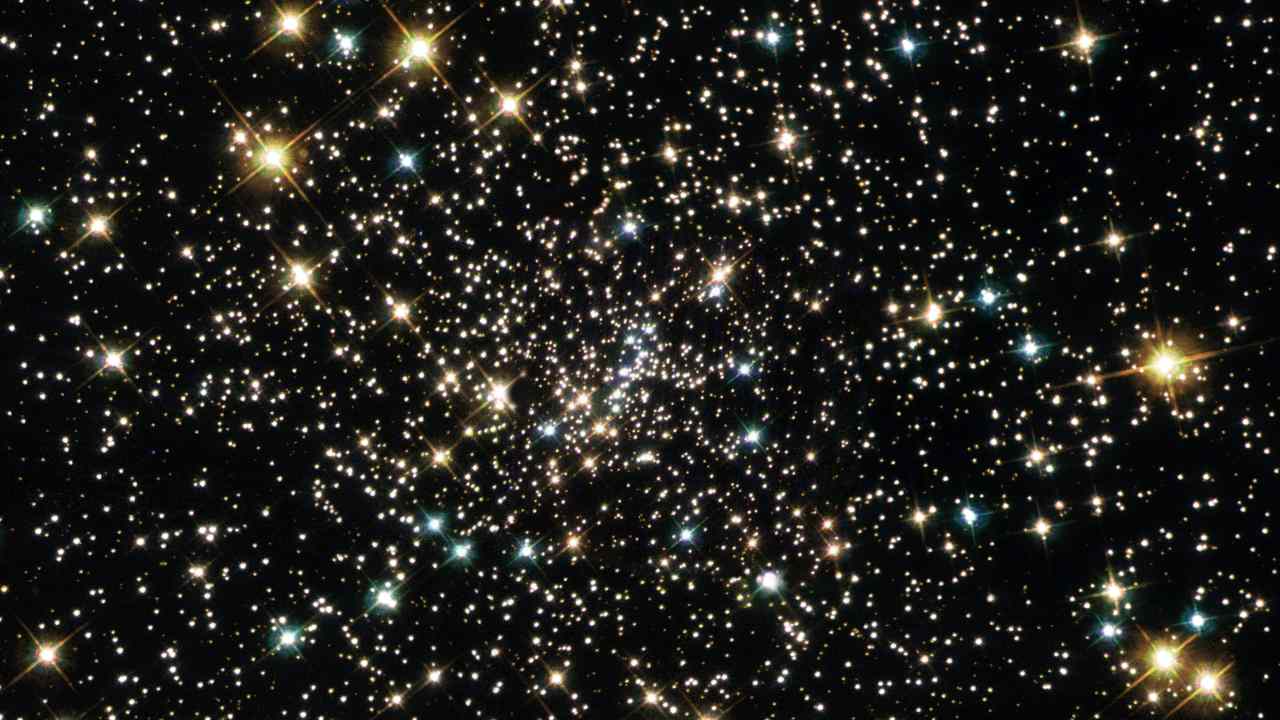
Swarm of smaller black holes found in NGC 6397 (Image Caption: images.firstpost.com)
Back to our main view:
The hearts of globular star clusters in the sky may hide mysterious and frightening secrets, as a group containing more than 100 stellar-mass black holes was discovered within a globular star cluster called “Palomar-5”. If scientists can verify the validity of this discovery, it will explain the mechanism of star cluster formation. The distance between stars within clusters is several light-years, and within a stellar stream that extends over 30,000 light-years.
Globular star clusters are located 80,000 light-years away, and these globular star clusters are often considered relics of the early universe, as they are very dense and spherical, and usually contain about 100,000 to a million very old stars, some like NGC 6397, which are very old as the universe It contains about 400,000 stars.
Globular cluster stars are formed at the same time and from the same gas cloud. The Milky Way contains about 150 known globular clusters. These clusters are a great way to study the history of the universe and the contents of dark matter in the galaxies that orbit around them.
Other types of star clusters that have gotten a lot of attention are star currents that attract each other and stretch across the sky.
It was previously difficult to spot, but the Gaia Space Telescope was able to map the Milky Way in 3D with a very high resolution, shedding light on more of these stellar streams.
“We don’t know how these stellar streams form, but it is assumed that they are torn star clusters,” says astrophysicist Mark Gillis of the University of Barcelona.
“The newly discovered stellar currents do not have star clusters associated with them, and this cannot be verified. To understand how these stellar currents are formed, a related star cluster must be studied, and Palomar-5 is just a case, studied in detail in order to understand how stellar currents are formed”.
The Palomar-5 star cluster is unique, with a lot of free stellar distributions and a current that stretches across 20 degrees of the sky, so Gillis and his team chose it.
The team used simulations to reconstruct the orbits and evolutions of each star in Palomar-5, to understand how these stars form today.
Recent evidence suggests that assemblies of black holes may be in the central regions of globular clusters, and since gravitational interactions with black holes are known to send stars away, scientists have included black holes in the simulations.
The results showed that a cluster of stellar-mass black holes within Palomar-5 could lead to the formation we see today. Orbital interactions could also have ejected stars from the globular cluster into tidal stellar streams, with more holes than expected. Black.
Stars that left the star cluster more quickly and efficiently than the black holes had changed the proportion of the black holes, causing them to collide slightly.
“The number of black holes is three times greater than expected than the number of stars in a globular star cluster, which means that more than 20% of a globular cluster’s mass is made up of black holes,” Gillis says.
“Each of these black holes is about 20 times the mass of the Sun, and was formed during supernova explosions at the end of the life of giant stars when the globular cluster was very young”.
Simulations showed that after a billion years, the star cluster would completely vanish. A little before that, the entire remainder of the cluster will turn into black holes orbiting the center of the galaxy.
This indicates that Palomar-5 is not unique, as it will eventually vanish into the stellar stream just like the clusters discovered.
It is also suggested that other globular star clusters may eventually share the same fate, confirming that globular clusters may be excellent places to search for black holes that will eventually collide.
In addition to the elusive classes of intermediate-weight black holes, between the lightest stellar-mass weights and the heaviest supermassive ones.
“It is thought that a significant portion of binary black hole mergers forms in star clusters,” says astrophysicist Fabio Antonini of Cardiff University in the United Kingdom. “The big unknown in this scenario is the number of black holes in star clusters, which is difficult to document with observations. Our method is useful for finding out how many black holes there are in star clusters, given the number of stars emerging from within the star cluster”.
Author
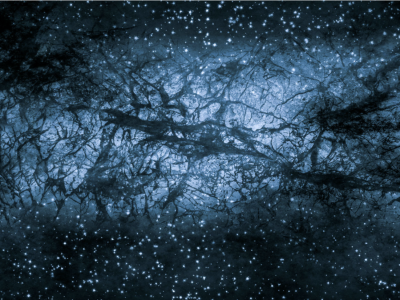

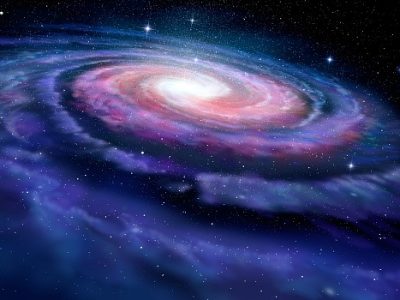

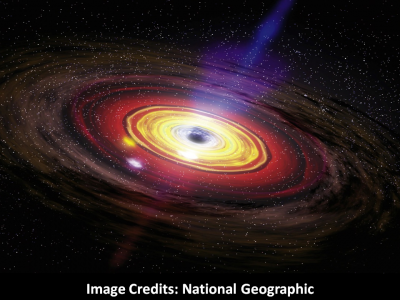

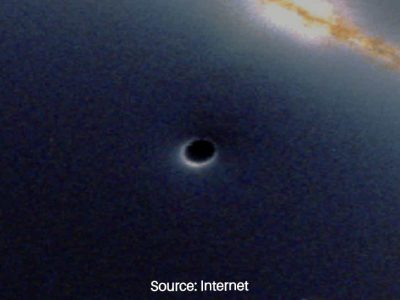

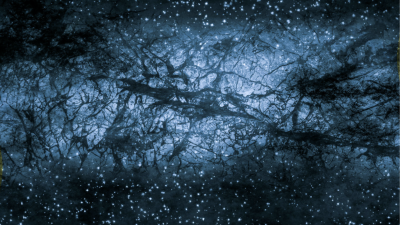




[…] Suggested reading 1: A Swarm of Black Holes at Our Galaxy […]
[…] about a black hole, I am reminded of a quote by a great cosmologist Stephen Hawking he says, “Consideration of […]